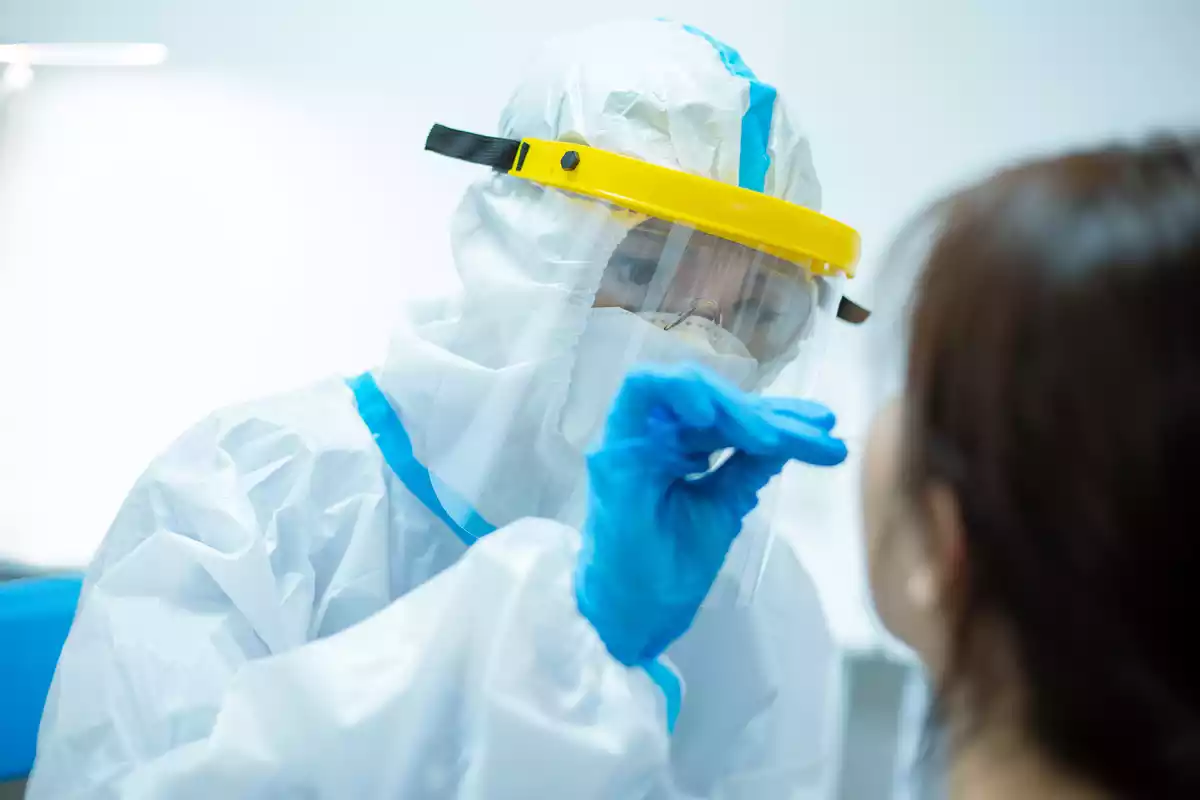
The transmission of the SARS-CoV-2 coronavirus is one of the aspects of the current pandemic that most worries experts, because the late onset of its symptoms -between three and ten days in most cases- means that many people who do not yet know they have it are transmitting it wherever they go.
That is why the basic measures for protection against coronavirus are so important: the minimum safety distance, hand washing and the use of masks. By complying with these measures, the transmission of the virus, even if infected, is much lower and the rest of society is protected.
Several studies have been carried out on the role of asymptomatic people in this pandemic to try to discover exactly what their role is and how important they are in assessing the disease. Moreover, a new study by the University of Chicago has revealed some very convincing data in this regard.
Specifically, the study looked at the first outbreak of COVID-19 in New York City, which became the global epicenter of the pandemic for several weeks last spring. The study showed that the number of people with no symptoms of the disease was five or even seven times higher than the number of symptomatic people.
That is, at best, only one in five COVID-19 subjects had symptoms. This means that the other four, who had coronavirus without knowing it, could transmit it if they did not comply with basic protective measures.
The work, published in the journal Proceedings of the National Academy of Sciences, confirms that asymptomatic cases of COVID-19 are a major contributor to community transmission, accounting for at least 50% of the causes of infection.
Rahul Subramanian, the first author of the study, explains that when the first wave of COVID arrived in the United States it was very difficult to know how many asymptomatic cases there were, and therefore, to understand the true extent of the pandemic in the country.
The importance of asymptomatic people
"Without data on testing capacity, it's very difficult to estimate the difference between cases that went unreported due to lack of testing and cases that were actually asymptomatic. We wanted to disentangle those two things, and since New York City was one of the first to report the daily number of tests performed, we were able to use those numbers to estimate how many COVID-19 cases were symptomatic," the author explains.
Moreover, the study used the data provided by New York authorities on the number of PCR tests performed every day, providing a clearer and more accurate perspective of the actual situation of infections and the relationship between symptomatic and asymptomatic patients.
Mercedes Pascual, the lead author of the study, explains that "incorporating these data into the model showed that the proportion of individuals who are symptomatic for COVID-19 is between 13% and 18%. And regardless of the uncertainty in all other parameters, we can say that more than 50% of the transmission occurring in the community is from individuals without symptoms, i.e., those who are asymptomatic and presymptomatic."
The authors clarify that this study does not clarify whether asymptomatic people are more or less contagious, that is, whether they are more capable of transmitting the virus simply because they do not have symptoms, but rather it determines the role of asymptomatic people in community transmission.
Furthermore, it does not take into account the new coronavirus strains, which several studies have shown to be more transmissible, but it can serve as a model to establish basic public health guidelines that citizens should follow, especially in the current scenario.
Another of the study's authors, Qixin He, adds that "although asymptomatic people do not transmit the virus at a high rate, they constitute something like 80% of all infections. This proportion is quite staggering. It is crucial that everyone, including individuals who do not show symptoms, comply with public health guidelines, such as wearing masks and social distancing, and that mass testing be easily accessible to all."
[This is a translation of the original article "Revelan de dónde vienen el 50% de las infecciones por Covid" published in espanadiario.net]

